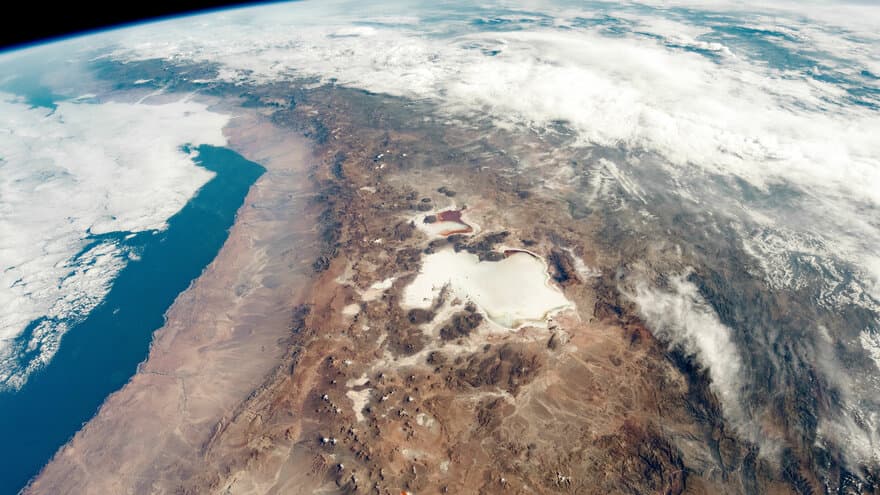Diana’s avhandling studerer markeder for mineralressurser, spesielt litium. Avhandlingen tar for seg miljøkonsekvenser av både utvinning og avfallshåndtering av mineraler, og betydningen av resirkulering. Hun undersøker hvordan ulike typer politikk kan utformes for å sørge for en bedre og mer miljøvennlig utvinning og bruk av mineraler.
This thesis tackles the sustainable use of minerals in our transition to a low-carbon and digital world. This research is about finding clever ways to make the most of our precious resources at minimal environmental costs. Here is the lowdown:
The thesis splits into two parts. In the first part, Diana takes a deep look at the global mineral market to figure out how we can tackle supply shortages through recycling. Recycling can be a total game-changer when it comes to addressing mineral scarcity. By scratching dynamic models and running numerical simulations, Diana's work proves that markets could be better at recognizing the true value of minerals. Still, it might be necessary to provide some incentives (subsidies) to get the most out of scarce minerals and recycle them after use instead of sending them to landfills. Next up, the thesis explores further the effects of giving subsidies to recyclers while simultaneously dealing with the social costs of used mineral waste – e-waste. A key finding is that while subsidies are helpful, giving too much money or for too long can create other problems like increased mineral demand and waste (rebound effects). Then, instead of exclusive subsidies to recyclers, a landfill tax is more thoughtful – optimal in economic terms- because it targets the hidden costs of waste disposal and encourages more recycling.
Moving on to the second part of the thesis, Diana answers how society can benefit from mineral production while considering the environmental cost -or externalities- of doing it. Despite accurate estimates of the true ecological costs of mining, asymmetric information, and price opacity can undermine environmental taxes' benefits. Then, the key research question is how effective environmental taxes in the mining industry are. To reap the benefits of mining production responsibly, Diana suggests that environmental taxes in the mining sector should target the inputs of mining operations to influence production methods.
Even though this thesis focused mainly on the lithium sector, the research questions, analytical framework, and models' simulations can be applied to other mineral industries. The accessibility to these models is an invitation to other students, researchers, and policymakers to replicate these models and apply them across other studies aimed at answering similar or complementary scientific questions.
